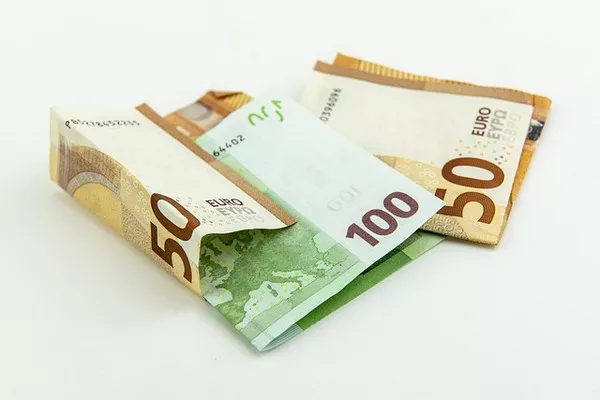The euro, the official currency of the Eurozone, has experienced fluctuations in its value against other major currencies in recent times. Investors and economists closely monitor these fluctuations, seeking to understand the underlying reasons for the euro’s strength or weakness. In this article, we delve into the multifaceted factors influencing the current weakness of the euro, analyzing historical trends, economic indicators, monetary policies, interest rates, political stability, global trade relations, investor sentiment, and comparative analysis to provide a comprehensive perspective.
Historical Exchange Rates
Since its inception in 1999, the euro has been subject to various fluctuations in value against other major currencies such as the US dollar, British pound, and Japanese yen. Initially, the euro faced challenges, experiencing volatility and skepticism from investors. However, over the years, it strengthened significantly, becoming one of the world’s dominant reserve currencies. Despite this, the euro has experienced periods of weakness, often tied to economic uncertainties within the Eurozone and global economic events.
Economic Indicators
Key economic indicators play a crucial role in determining a currency’s strength. Factors such as Gross Domestic Product (GDP) growth, inflation rates, and unemployment figures provide insights into the overall health of an economy. In recent times, the Eurozone has faced challenges such as sluggish GDP growth, low inflation rates, and persistent unemployment, contributing to the euro’s weakness.
Monetary Policy
The European Central Bank (ECB) plays a pivotal role in shaping the Eurozone’s monetary policy. Through mechanisms such as interest rate adjustments, quantitative easing programs, and forward guidance, the ECB aims to maintain price stability and support economic growth. However, compared to other central banks like the Federal Reserve, the ECB’s monetary policy stance has been perceived as more dovish, leading to speculation and downward pressure on the euro.
Interest Rates
Interest rates are fundamental drivers of currency valuation. Higher interest rates attract foreign investment, increasing demand for the currency and strengthening its value. Conversely, lower interest rates can lead to capital outflows and currency depreciation. The ECB’s decision to maintain historically low interest rates has dampened investor confidence in the euro, contributing to its weakness.
Political Factors
Political stability within the Eurozone is essential for maintaining investor confidence and supporting the euro’s value. Uncertainties surrounding issues such as Brexit, political tensions among member states, and challenges to the European integration project have undermined the Eurozone’s political cohesion, leading to concerns among investors and weakening the euro.
Global Trade Relations
The Eurozone’s trade balance and trade relations with other economies significantly impact the euro’s strength. A trade surplus, where exports exceed imports, tends to bolster the currency, whereas a trade deficit can lead to depreciation. The Eurozone’s trade dynamics, including trade tensions with the United States and uncertainties surrounding Brexit, have weighed on the euro’s performance in recent times.
Investor Sentiment
Global investor sentiment towards the Eurozone economy plays a crucial role in determining the euro’s value. Factors such as market confidence, risk appetite, and perceptions of economic stability influence investors’ decisions to buy or sell the euro. Negative sentiment, fueled by concerns over economic growth, political uncertainties, and geopolitical risks, has contributed to the euro’s weakness.
Comparative Analysis
Comparing the euro’s performance with other major currencies provides valuable insights into broader market trends. While the euro has weakened against currencies like the US dollar and British pound, it has remained relatively stable against others such as the Japanese yen. Variations in economic fundamentals, monetary policies, and geopolitical developments contribute to these divergent trends.
Future Outlook
Looking ahead, the euro’s future trajectory will depend on a range of factors, including economic recovery prospects, monetary policy decisions, geopolitical developments, and global trade dynamics. While uncertainties persist, some analysts anticipate gradual improvement in Eurozone economic conditions, potentially supporting the euro’s recovery in the medium to long term. However, risks such as political instability, trade tensions, and external shocks could continue to exert downward pressure on the currency.
See also Why Euro Is Going Down? A Comprehensive Analysis
Conclusion
In conclusion, the euro’s current weakness reflects a confluence of economic, political, and global factors. Understanding these dynamics is essential for investors, policymakers, and businesses seeking to navigate the complex landscape of currency markets and make informed decisions in an increasingly interconnected world.


